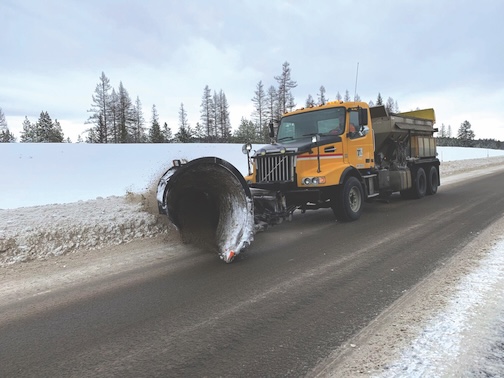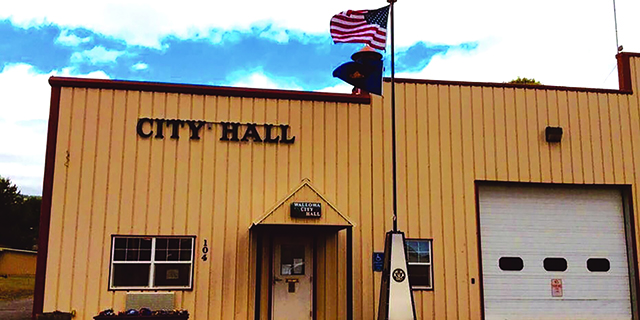JABBERWOCK II: Private timber acreage produces
Published 5:00 pm Tuesday, August 5, 2014
In 1986, according to an unofficial news source, 322,018 million board feet of timber was harvested on the Wallowa-Whitman National Forest. By 2012, that same source reported a low W-W harvest of 2,345 million board feet.
Although exact numbers might be questioned, theres no denying a trend thats progressively drained Wallowa County from many traditional sawmills to none. The tragedy lies both in the number of jobs and in the subsequent out-migration of young people searching for livable-wage employment.
Trending
But common sense says to play with the cards dealt to you, and with standing trees still one of the countys biggest economic assets, laborers of lumber have turned their sights to trees standing on private ground. Such course is restrictive in the sense that more than half of Wallowa County is under Forest Service control, yet logging on private property does provide jobs to some timber contractors and log haulers, and thats good.
According to the same unofficial chart, timber harvested on private ground has bounced up and down during the course of the past 26 years, yet both in 1986 and 2012 tallied 89 million board feet.
How long the supply of merchantable timber on private lands here will last is unknown.
A political T-shirt sold at a gas station in Wallowa reads, Trees. Cut em down, they grow back. Duh-h.
Yet the equation is not that simple.
Trees are a renewable resource, yet should be harvested with an eye to the future to perpetuate economic sustainability in small communities like ours.
Trending
Whether thats happening today is a question that draws widely varying responses from different people.
Spokesmen based in North Carolina and La Grande, while speaking for Hancock Timber by far the largest private landowner and timber harvester in Wallowa County consistently say Hancock harvests 2 percent of its worldwide holdings annually, equating to what they call a 50-year rotation of the timber. Still, more than a few locals now working for Hancock in northern Wallowa County not only question, but sometimes scoff at that 2 percent number.
In all fairness, though, eyeball surveys could be misleading because the clear-cutting tool employed many places in Wallowa County by Hancock Timber might make the take of timber look worse visually than it is.
Yet, in reality, Hancock owns private property in America and whether it chooses to harvest 2 percent or 90 percent in one year is their call.
Regardless of whether public or private forests are being efficiently harvested, some local entrepreneurs are working hard to look outside the box and maximize use of any available wood.
For instance, take Ed Sparks. Already the largest local supplier of firewood in Wallowa County, Sparks recently leased seven acres of land from the city of Wallowa to expand his successful in-county operation and begin exporting bundled firewood to other areas in Oregon. Fully aware of the value of the asset his livelihood depends on, wood, Sparks is using city property to store, cure, and saw truckloads of logs and, at another location, is meeting customized orders for fence posts and poles. His waste is minimal.
That same strategy is being employed at Integrated Biomass Resources, also of Wallowa, where on a much larger scale wood of all sizes and shapes is being converted into firewood, poles, paper chips, and logs.
Within days a new startup will go on-line there and Wallowa County again will have a sawmill, albeit a different type, where more than a handful of workers are gainfully employed.
That operation already is being studied as a prototype for a 21st century, no-waste sawmill.
Jabberwock II columnist Rocky Wilson is a reporter for the Chieftain.









